• Adenovirus Service • AAV Service • Lentivirus Service • Retrovirus Service



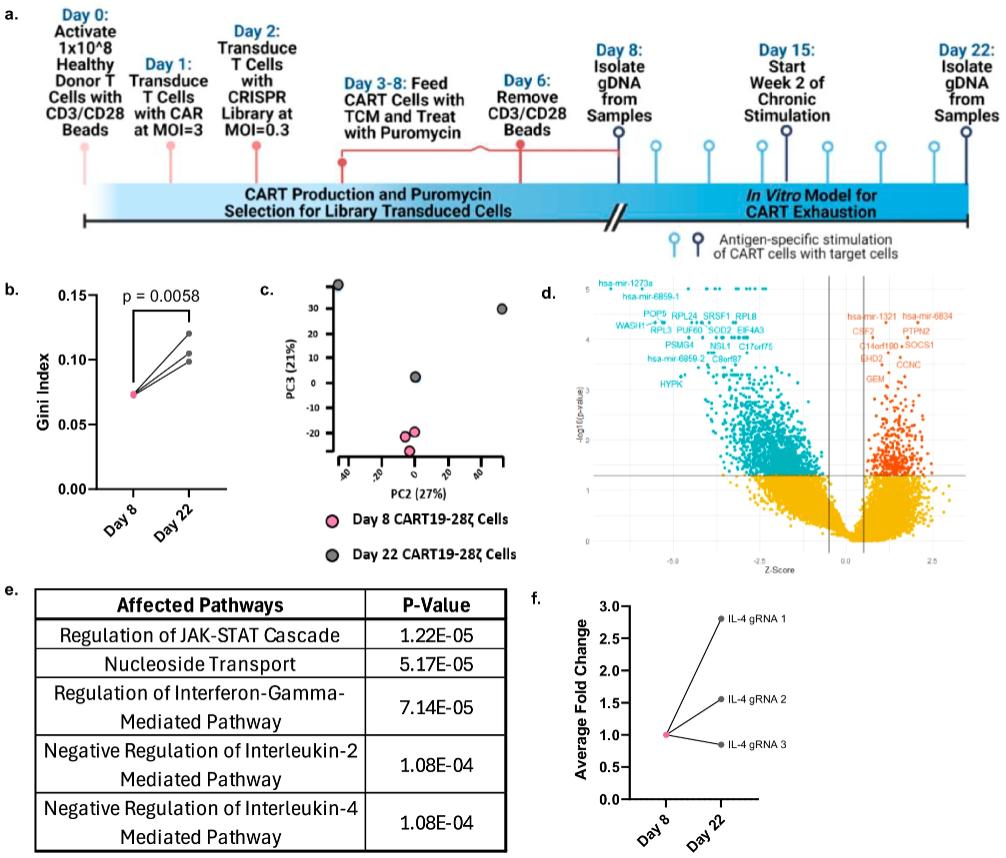
Chimeric antigen receptor T (CAR-T) cell therapy is a revolutionary immunotherapy, but its durable response is still limited, partly due to the exhaustion of CAR-T cells. Recently, in a research report titled "IL-4 drives exhaustion of CD8+ CART cells" published in the international journal Nature Communications, scientists from Mayo Clinic and other institutions revealed a new reason why CAR-T cell therapy fails in some patients, and proposed a new strategy combining antibodies and gene editing technology, which is expected to improve the effect of this breakthrough therapy.
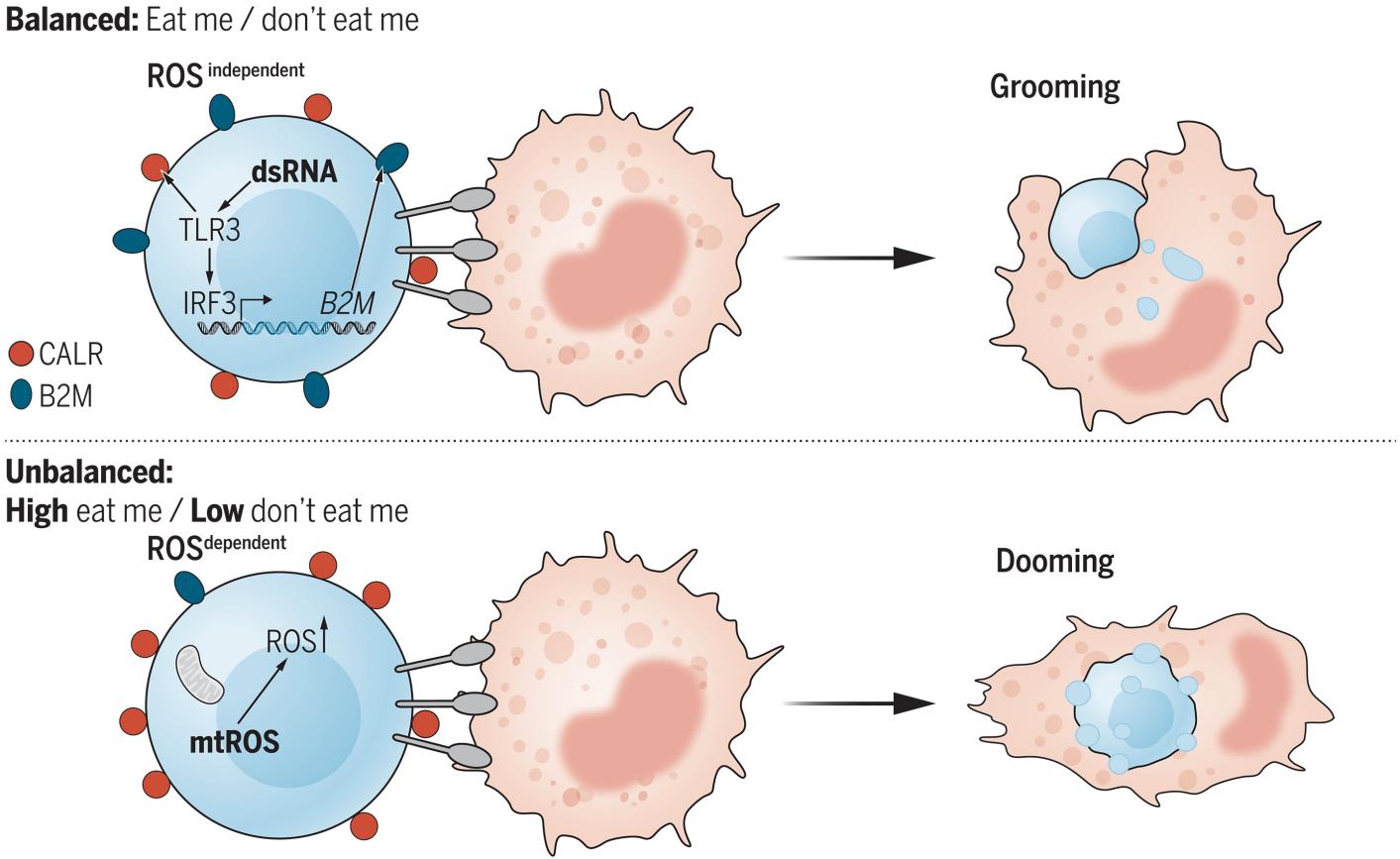
Hematopoietic stem and progenitor cells (HSPCs) spend their lives making mature blood cells. In the process, HSCs interact with a variety of cells in the bone marrow microenvironment, including macrophages. These macrophages mediate a range of processes by releasing cytokines and chemokines and patrolling to remove stressed, dead or aged cells. In this way, macrophages contribute to the maintenance of tissue homeostasis.
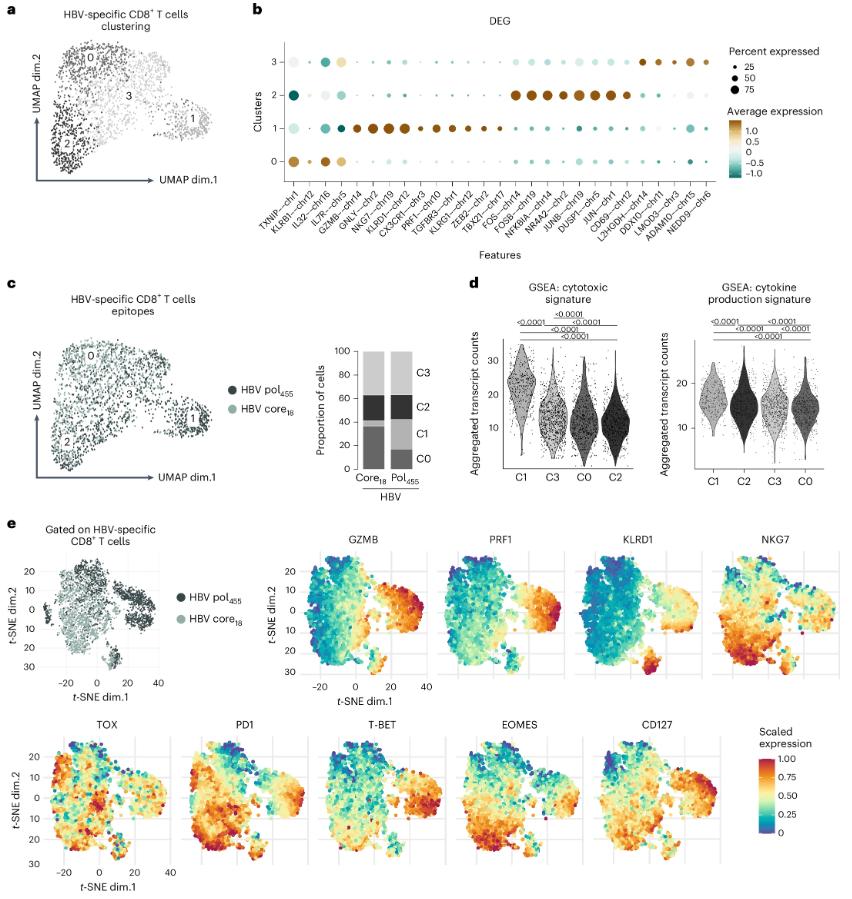
Recently, the research team of Maike Hofmann and Robert Thimme from the University of Freiburg in Germany published an article titled "Attenuated effector T cells are linked to control of chronic HBV infection" in Nature Immunology, and found that in chronic Hepatitis B virus (HBV) infection, in addition to classic CD8+T cell exhaustion, effector CD8+T cell attenuation also occurs. HBV-specific CD8+T cell attenuation is manifested by cytotoxic characteristics and inhibition of effector differentiation programs. This process is regulated by antigen recognition and TGFβ signaling and is associated with viral control in chronic HBV infection.
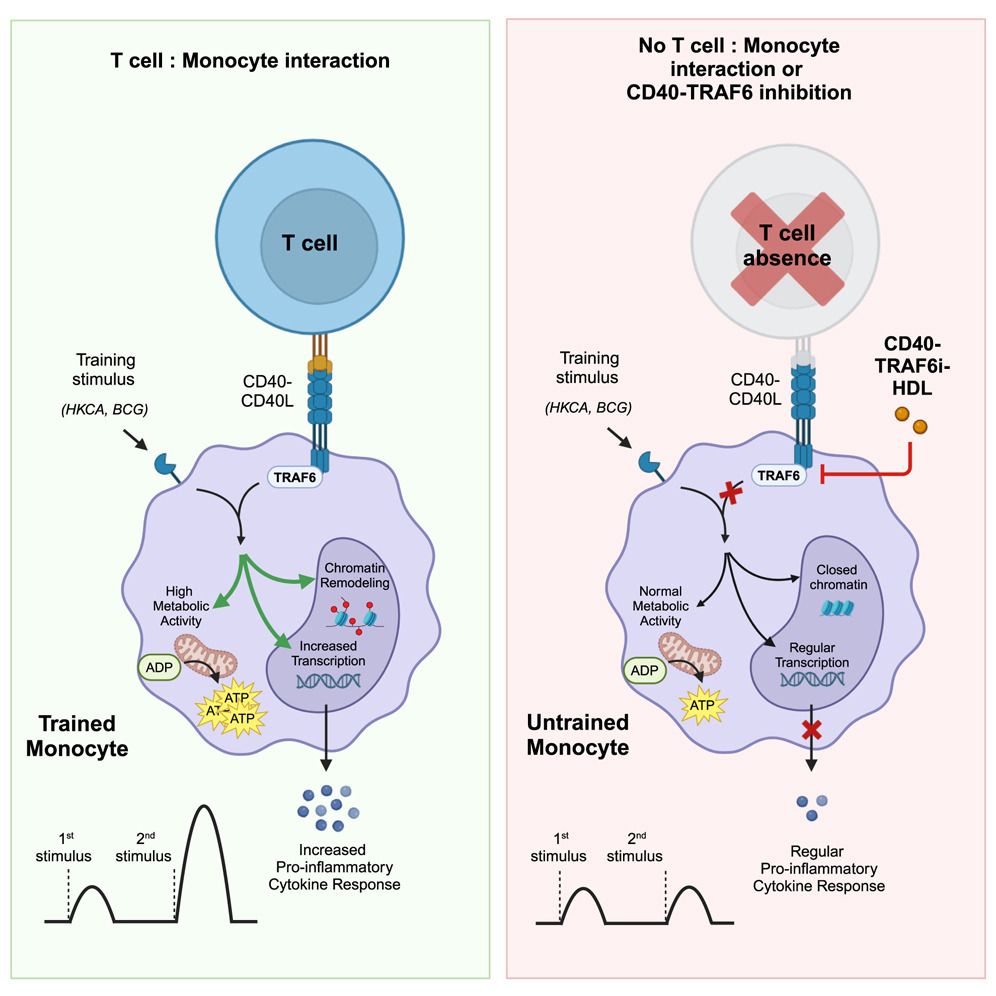
The characteristic of trained immunity is that innate immune cells undergo histone modification and metabolic changes after exposure to inflammatory signals, which will lead to an increase in the body's responsiveness to secondary stimulation. Although researchers are now increasingly beginning to understand the molecular regulatory mechanisms behind the body's trained immunity, the key role played by adaptive immune cells is still unclear.
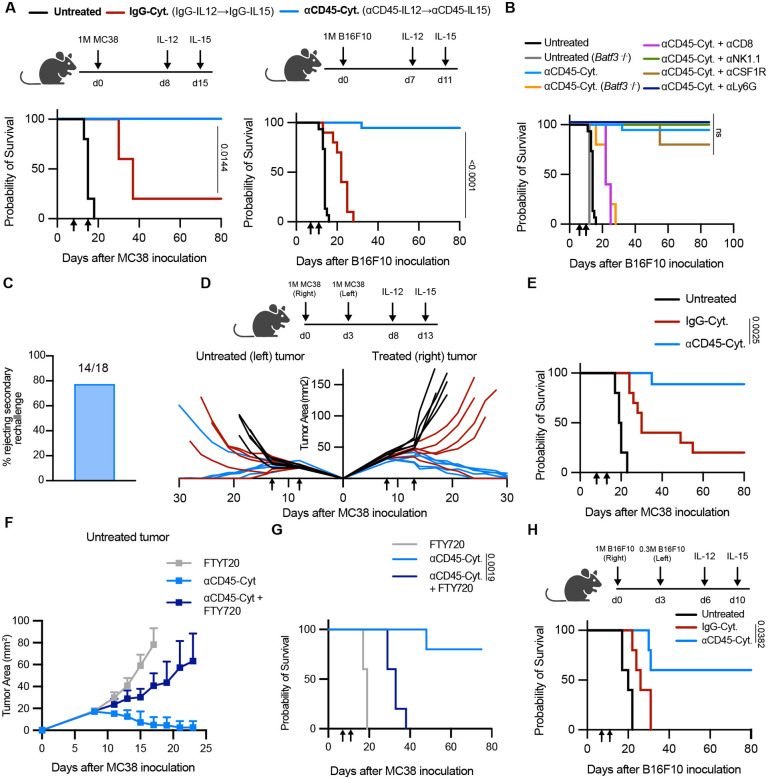
Cytokines are a class of small proteins that play key regulatory roles in immune signaling cascades. Due to their multifunctional roles in lymphocytes, cytokines have long been considered promising cancer immunotherapeutics. Systemically administered cytokines are potent immunotherapeutics but can cause severe dose-limiting toxicities.
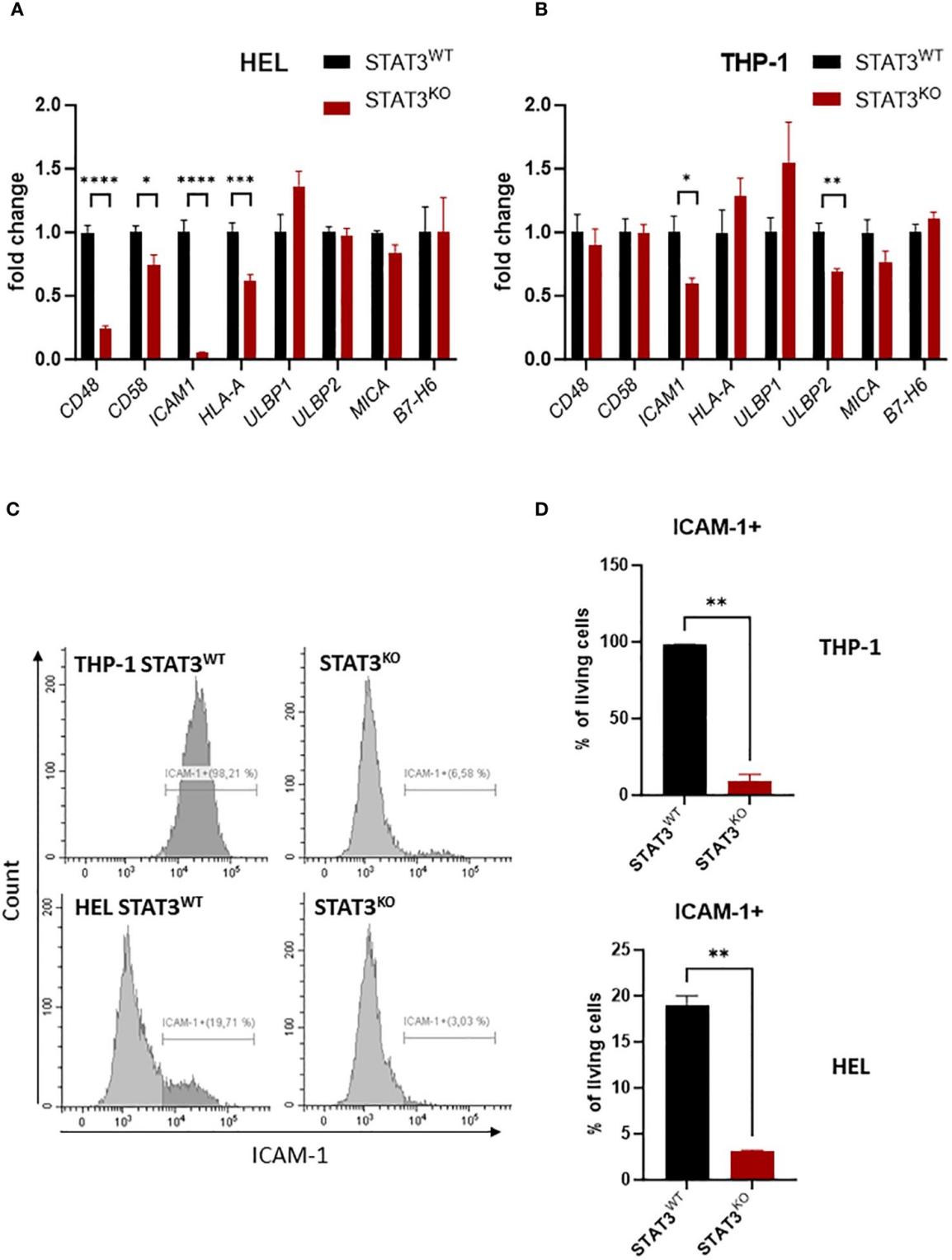
Acute myeloid leukemia (AML) is a heterogeneous disease characterized by clonal expansion of myeloid progenitor cells. Recently, in a research report entitled "STAT3 in acute myeloid leukemia facilitates natural killer cell-mediated surveillance" published in the international journal Frontiers in Immunology, scientists from Karl-Landsteiner University of Health Sciences in Austria and other institutions found that STAT3 protein may help the immune system identify leukemia cells. The relevant research results are very important for the development of new immunotherapies in the future.

Although CAR-T cell therapy has brought revolutionary progress to the field of cancer treatment, especially in the treatment of certain B-cell blood cancers such as leukemia, lymphoma and multiple myeloma, this therapy still faces a major challenge: many patients will eventually relapse even after a short period of complete remission.
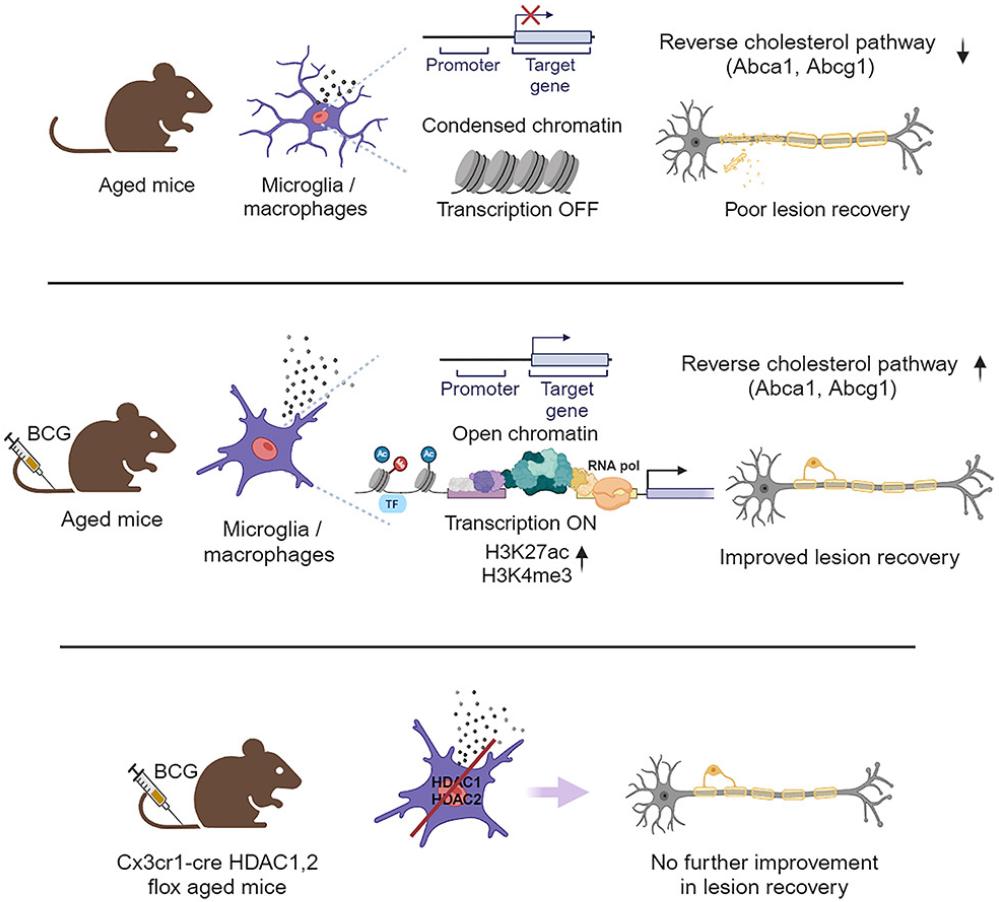
Recently, researchers from the Technical University of Munich in Germany published a research paper titled "Innate immune training restores pro-reparative myeloid functions to promote remyelination in the aged central nervous system" in the Cell journal Immunity. The study showed that age-related epigenomic changes impair the regenerative function of microglia, but innate immune training can reverse these changes and enhance their pro-regenerative ability in demyelinating injuries. These findings provide new insights into the aging-related decline of myeloid function and how to prevent this decline through innate immune reprogramming.
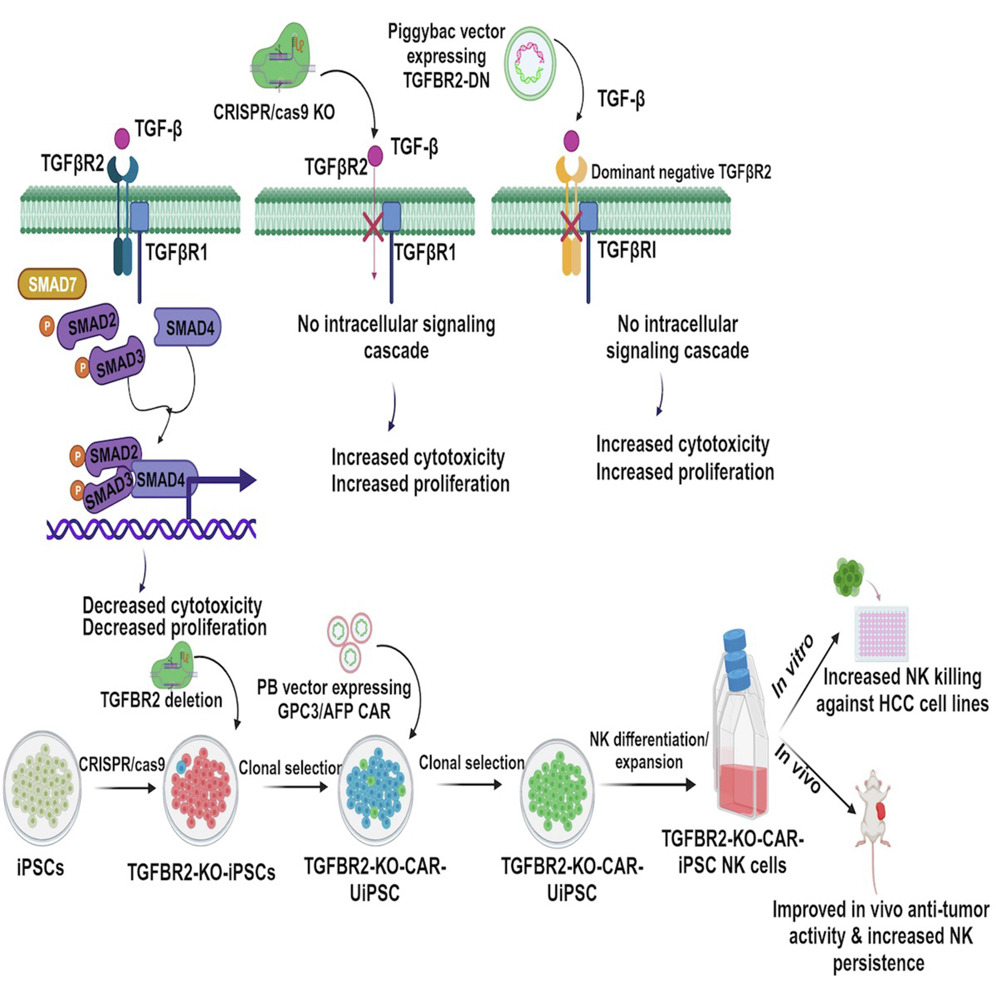
Hepatocellular carcinoma (HCC) is the most common type of primary liver cancer and is a highly lethal malignancy with a 5-year survival rate of less than 20%. Although targeted drugs such as sorafenib and other kinase inhibitors have been used to treat HCC, these therapies are generally incurable. Immunotherapy (e.g., atezolizumab) combined with vascular endothelial growth factor (VEGF) inhibition (bevacizumab) is currently the first-line treatment for HCC, but the efficacy remains low.
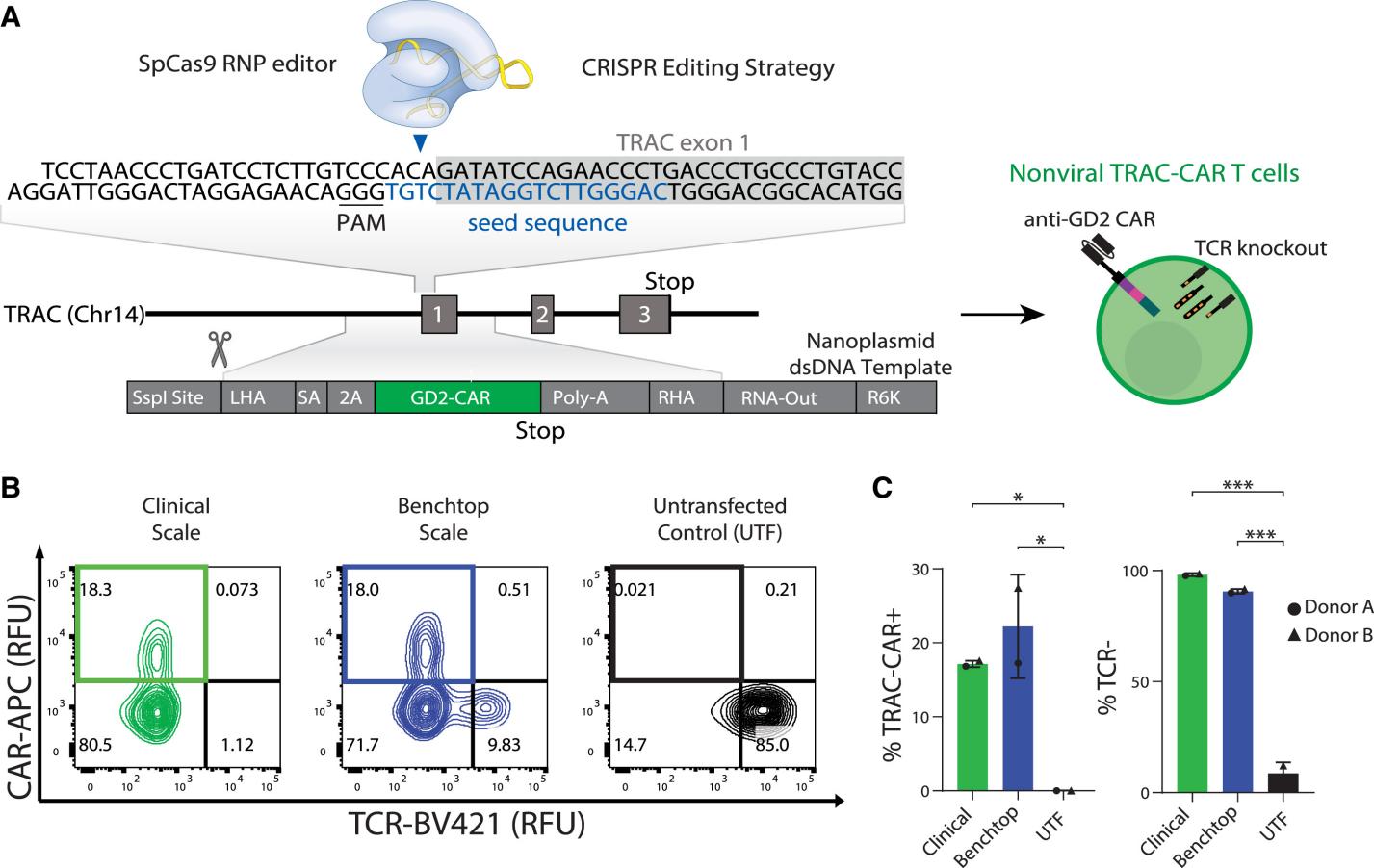
Recently, in a research report titled "Metabolic priming of GD2 TRAC-CAR T cells during manufacturing promotes memory phenotypes while enhancing persistence" published in the international journal Molecular Therapy-Methods & Clinical Development, scientists from the University of Wisconsin-Madison and other institutions have developed a new way to fight human cancer by studying T cells. Researchers said that this new therapy for treating blood cancer by using the power of the immune system to target and destroy cancer cells may be effective in treating human solid tumors.